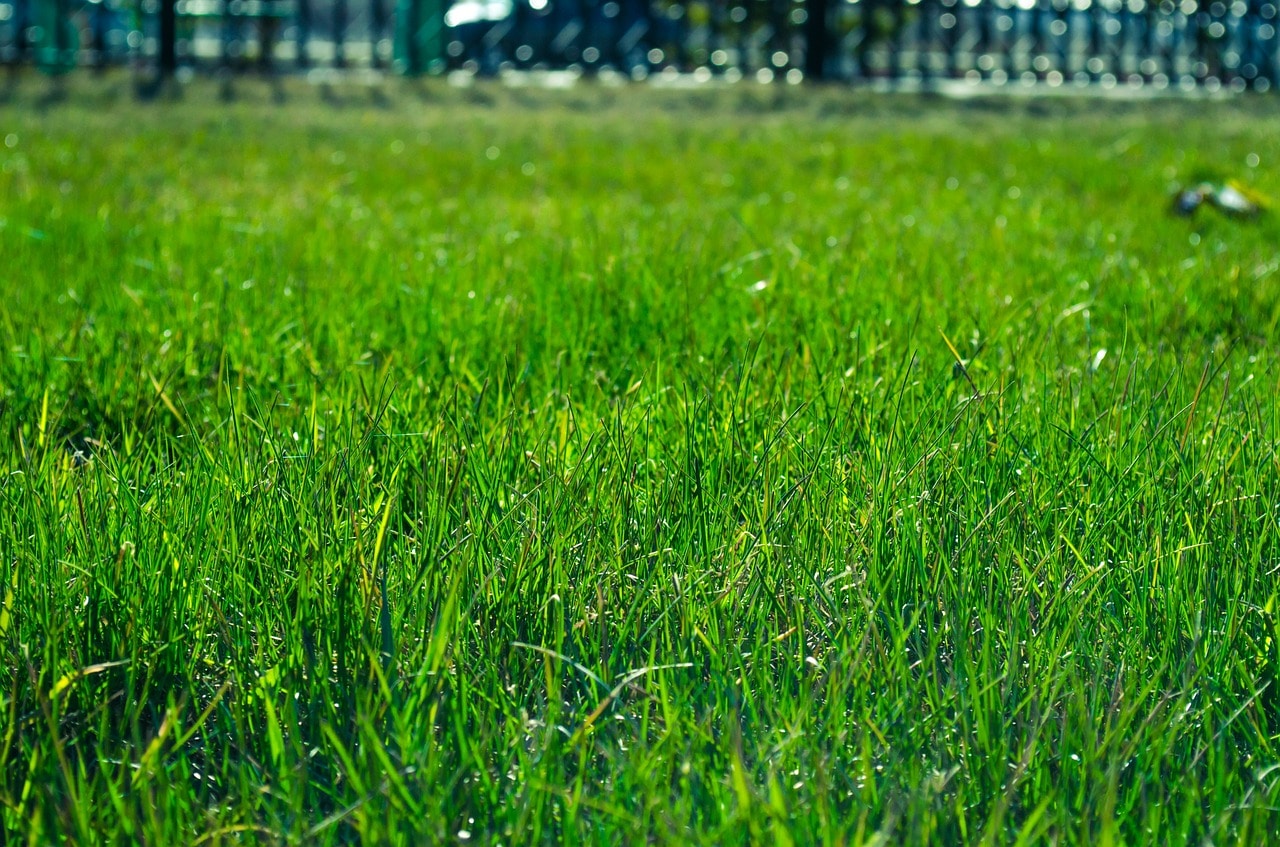Knowing how to cut sod is probably one of the most useful skills you can acquire because sod can quickly revive a dying lawn or yard and provide the soil’s instant draining capacity if installed correctly. Turf or sod is simply the grass and the soil immediately below it. Sod is held together by the intricate root system of a multitude of grasses. Sod is applied in different types of locations, from golf courses to laws. Even massive sports stadiums are equipped with sod when there are big games.
Sod is very useful because it can transform the landscape in a short period, and the sod is alive. It only has to be maintained as you would like any outdoor space, and the sod will survive and thrive.
Another useful function of sod is it prevents soil erosion. If you don’t want to grow the grass yourself, you can always buy sod and install it. Yes, it is possible to install sod at home with the aid of a landscaping service.
Sod is an ancient concept. Turf has been used in the United States, UK, and European territories for centuries. In places like Scandinavia, sod is even used on the roof to help keep the house cool during the summer and warm the snowy months. Sod also reduces the load on the roof and naturally absorbs water, preserving the roof.
How Do You Prepare to Lay Sod? How to install sod?
The first step is installing sod is checking the soil first. Remember: sod is very much alive, and it’s supposed to integrate with the soil underneath to survive. If you have had trouble growing grass before, there may be something wrong with the soil in your lawn or garden. If the soil is too compacted, the roots won’t be able to dig deep enough to obtain nutrients and oxygen.
Compacted soil prevents the growth of a lot of plants. Soil that is too sandy, on the other hand, is also problematic because it drains too quickly and prevents the roots of plants from absorbing sufficient nutrients. While some plants thrive with sandy soil, not all of them do. If you can observe how sandy soil operates with water, it drains almost immediately.
The preparation of the soil is just as necessary as the actual installation. The rolling down of the sod is the easiest part. Preparing the soil is something else. To start, you need to clear the debris from the area where the sod installation will occur. Use a rake or similar implement to remove the obstructions. Remove other weeds and level areas to make the landscape consistent.
Next, you need to plow the soil to a depth of at least six inches. Plowing breaks up the clods of earth and reintroduces oxygen and moisture to the soil to prepare the turf. Next, measure the entirety of the area that needs turf. Communicate this information to the nearest turf company in your town or city. Pick a turf company with good reviews. Look for a company that produces good results with their products. You can choose from cool-season grass or warm-season grass. Cool-season grass is best during the spring and the fall seasons. The warm-season grasses are best for areas with hot weather. Some examples of warm-season grasses are St. Augustine grass and Bermuda grass. Centipede grass is also the right choice.
Do You Need Topsoil to Lay Sod?
Laying sod is relatively easy, but if the soil in the location isn’t ideal for growing grass of this quantity, then you may need to lay down some topsoil for the installation to work and thrive. On average, add about two inches of topsoil (ideal gardening soil) to support the sod. We recommend layering the area with some rich compost to ensure that the grass will have sufficient room to grow.
If your soil is mostly clay or compacted, peat moss is recommended to aid in the soil’s drainage. Clay drains very slowly, so it’s essential to separate the sod’s layer and the compacted, hard soil layer. Different kinds of compost with leaves and other organic material are also excellent for ensuring that sod thrives. Compost and topsoil will ensure the survival of the grass. Failure to do this will likely cause the suffocation of the grass.
Experts also recommend testing the pH level of the soil. Take soil samples from a depth of 20 cm and have the pH of the soil tested. Check the results of the pH tests. If the pH of the soil is six or below, then the soil has high acidity. Lime is typically used to counteract acidic soil. You can also speak with a soil expert to ask how your soil’s pH at home can be fixed. Turf professionals would also know what to do.
If the pH readings of your soil are 6.5 or higher, then the issue is alkalinity. Instead of lime, gypsum or sulfur are used to make the soil slightly more acidic to make it healthier for turf to grow. However, you will likely still have to ask a turf professional how much you should add to the soil and how.
Can You Just Lay Sod Down? How to Put Down Sod?
Before you lay down sod, you first have to examine the soil’s pH and its physical composition. Otherwise, the new turf may not grow as well and may end up becoming suffocated.
Is Laying Sod Difficult? How to plant sod easily?
Laying down sod is not so difficult. Any home gardener can do it with a little elbow grease. As long as the basic requirements of the sod are met, you can make it work at home. You can review your lawn quickly.

